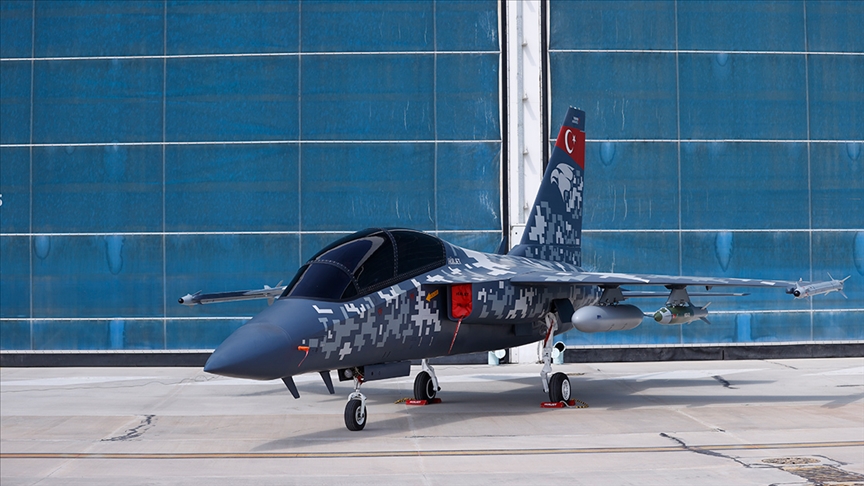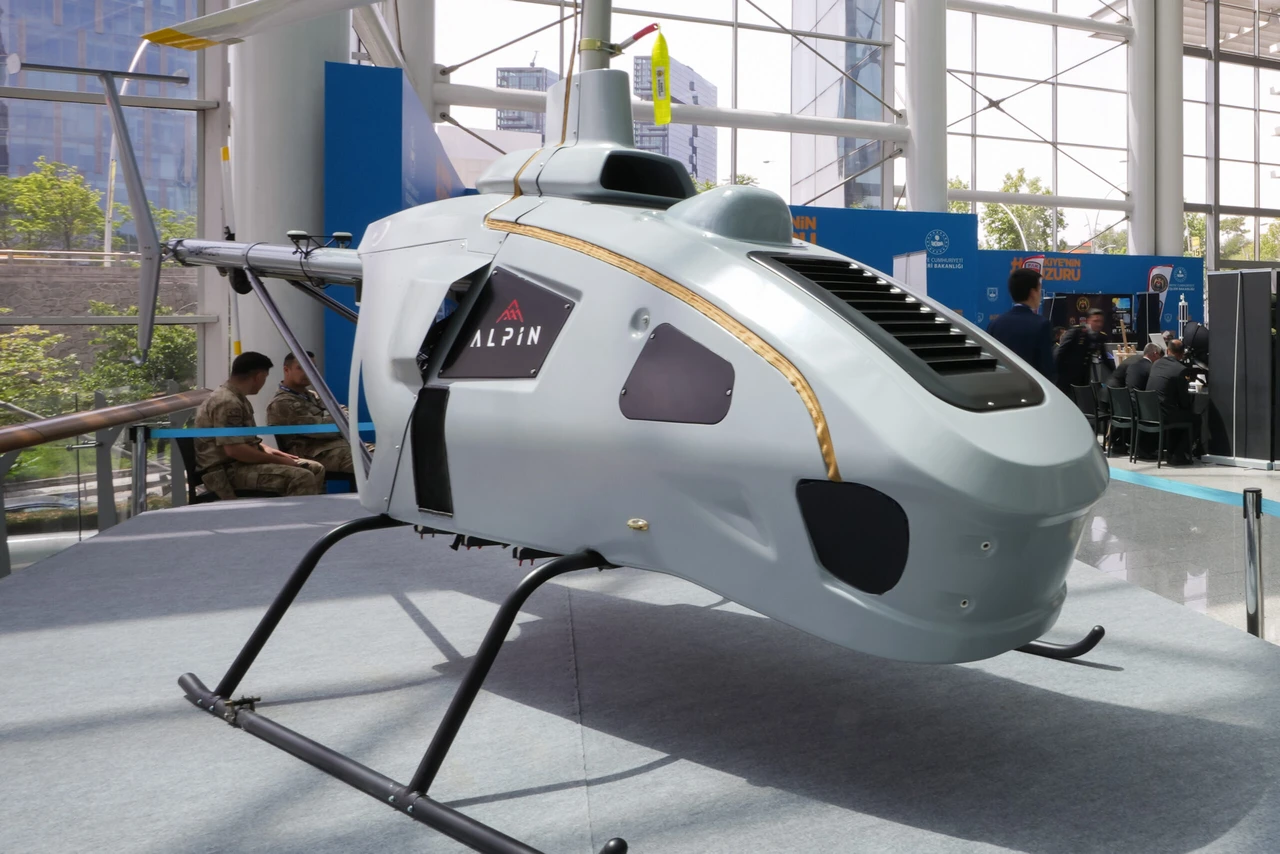Spain evaluates Türkiye’s Hurjet for next-gen trainer aircraft

The Spanish Air Force is currently evaluating potential replacements for its aging F-5M Freedom Fighters, which have been in service for 54 years and are expected to remain active until at least 2028.
Lt. Col. Hugo Garcia Galan, the deputy operational chairman for the Air Force’s Next Generation Weapon System, revealed that Spain is considering four new systems as part of this evaluation process.
The assessed contenders include the Boeing T-7A Red Hawk, which has garnered attention for its advanced features and capabilities. Also under consideration is the T-50 from Korea Aerospace Industries, known for its versatility and performance as a trainer aircraft. The Leonardo M-346, renowned for its advanced training capabilities and simulation systems, is another candidate being evaluated.
Additionally, Spain is exploring the new Turkish project Hurjet from Turkish Aerospace, which promises innovative technologies and functionalities.
With Spain’s history of operating a significant fleet of Northrop F-5 aircraft, currently consisting of approximately 19 two-seater jets designated as AE.9 and based at Talavera la Real Air Base in Wing 23, the decision to explore modern options reflects the country’s commitment to maintaining a high level of training and readiness in its air force.
TAI Hurjet

The TAI Hurjet, a product of Turkish Aerospace Industries (TAI), marks a significant milestone in Türikye’s aerospace capabilities. This turbofan-powered jet aircraft is designed to excel in advanced jet training and close air support missions, showcasing Türikye’s technological advancement and strategic vision in the aviation sector.
With a length of 13 meters, a wingspan of 9.8 meters, and a vertical tail height of 4.2 meters, the Hurjet boasts a wing area of 24 square meters. Its thrust power of 19,200 lbf enables remarkable performance metrics, including a service ceiling of 13,716 meters, a climb rate of 35,000 feet per minute and a range of 2,592 kilometers.
The Hurjet can carry a maximum payload of 2,721 kilograms and achieve speeds of up to 1.4 Mach. It can reach a maximum altitude of 45,000 feet and has a G-limit of +8g/ -3g.
The primary objective of the Hurjet is to modernize jet training and support capabilities. It is designed to replace the aging T-38 Talon fleet, elevating the standards of advanced jet training for combat pilots. Additionally, the Hurjet aims to enhance close air support missions, contributing to operational efficiency and mission success in diverse scenarios.
Looking ahead, TAI envisions a maritime variant of the Hurjet capable of operations on aircraft carriers and naval vessels, expanding its utility into naval aviation for strategic maritime missions. Furthermore, there are prospects for international export, showcasing Türikye’s aerospace expertise to global markets and fostering collaborations with partner nations in defense technology.
In conclusion, the TAI Hurjet represents Türikye’s commitment to innovation, defense modernization and global competitiveness in the aerospace industry.
Its advanced capabilities, operational versatility, and future potential position Türikye as a key player in the international aviation market and contribute significantly to the country’s defense capabilities and technological advancement.



